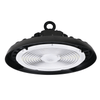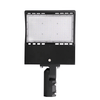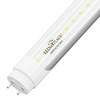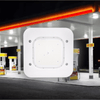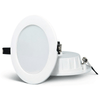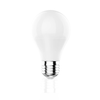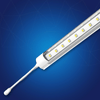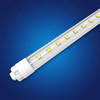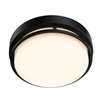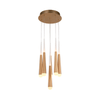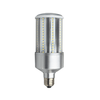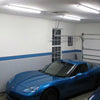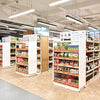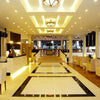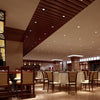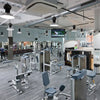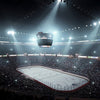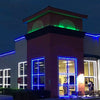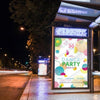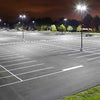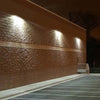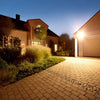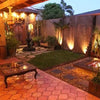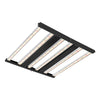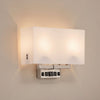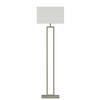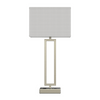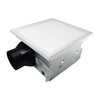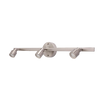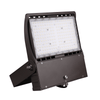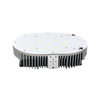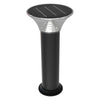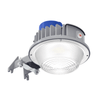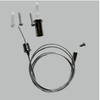What if teachers can have a non-verbal, non-intrusive way to communicate and grab the attention of students in a classroom. A study conducted by the US government found that using tunable presets of LED lighting is an effective way of “getting students’ attention than any other method”.
The evaluation noted that LED systems, apart from having a positive effect on students, will also provide annual energy savings of 46%. This is because LED lights are highly energy-efficient and convert 95% of the electricity into light while losing just 5% of the energy as heat.
The study was conducted at an elementary school in Folsom, California and LED lights were installed in three classrooms. Apart from measuring the energy-saving, the study was also aimed at ascertaining the potential of such LED systems to improve the health and academic performance especially in children with Autism Spectrum Disorder (ASD).
In each of the three classrooms, recessed fluorescent lights were replaced with tunable LED lights and one light above the whiteboard. Five presents were set in the remote to control the brightness of light and to change the color temperature.

The Methodology
The classrooms were named L1, L2 and L3. L1 had all general students while L2 and L3 classrooms had six ASD students each and with a teacher quipped with several aids. The study found that teachers in classroom L2 and L3 used the present button and the slidebars on a daily basis. The teacher of the classroom with ASD students used control more frequently than in other classrooms. While the regular classroom teachers used only the on/off switch.
“The teachers viewed the preset lighting options as particularly beneficial because they were quick to implement, and noted that the presets were a way to get students’ attention or cue them to transition between certain activities“, the synopsis of the report noted.
The energy consumption of LED systems like LED Panel lights, was 50% lesser power-consuming than fluorescent classrooms. Based on the input by the teachers, the intensity of LED systems even at elevated levels was well below recommendations.
“The ability to tune the intensity to meet the illuminance needs resulting in significant energy reductions for the lighting,” the report mentioned. This is because a dimmer used in lights actually reduce the power consumption of the fixture. This, in turn, reduces the overall power consumption.





